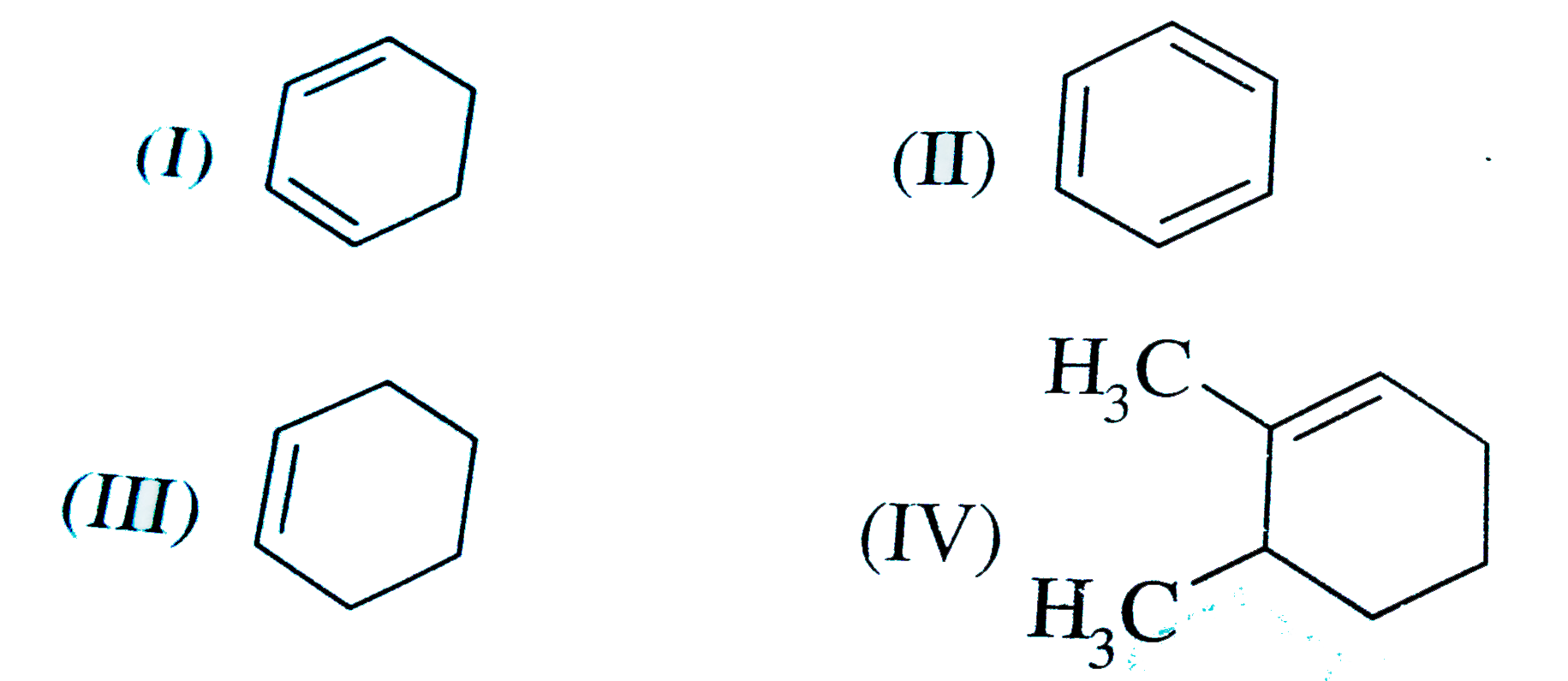Answer the following :
C, S, N (decreasing order of (ΔHeg)1)
To answer the question regarding the decreasing order of the first electron gain enthalpy (ΔHeg)_1 for the elements carbon (C), sulfur (S), and nitrogen (N), we can follow these steps:
Step 1: Understand Electron Gain Enthalpy
Electron gain enthalpy (ΔHeg)_1 is defined as the amount of energy released when an electron is added to a neutral gaseous atom. A more negative value indicates a greater tendency to gain an electron, while a positive value indicates that energy must be supplied to add an electron.
Step 2: Analyze the Elements
- Nitrogen (N): Nitrogen has a stable electronic configuration of 1s² 2s² 2p³. Adding an electron would disrupt this stable half-filled p subshell, making it less favorable. Therefore, nitrogen has a relatively low (or positive) electron gain enthalpy.
- Carbon (C): Carbon has the electronic configuration of 1s² 2s² 2p². Gaining an electron allows carbon to achieve a stable configuration similar to nitrogen (1s² 2s² 2p³). Thus, carbon has a more negative electron gain enthalpy compared to nitrogen.
- Sulfur (S): Sulfur has the electronic configuration of 1s² 2s² 2p⁶ 3s² 3p⁴. Adding an electron to sulfur results in a more stable configuration (1s² 2s² 2p⁶ 3s² 3p⁵), which means sulfur has a higher (more negative) electron gain enthalpy than both carbon and nitrogen.
Step 3: Arrange in Decreasing Order
Based on the analysis:
1. Sulfur (S) has the most negative electron gain enthalpy.
2. Carbon (C) comes next with a less negative value.
3. Nitrogen (N) has the least negative (or positive) value.
Thus, the decreasing order of (ΔHeg)_1 for C, S, and N is:
S > C > N
Final Answer
The decreasing order of (ΔHeg)_1 for the elements C, S, N is:
S > C > N
---
Electron gain enthalpy (ΔHeg)_1 is defined as the amount of energy released when an electron is added to a neutral gaseous atom. A more negative value indicates a greater tendency to gain an electron, while a positive value indicates that energy must be supplied to add an electron.
- Nitrogen (N): Nitrogen has a stable electronic configuration of 1s² 2s² 2p³. Adding an electron would disrupt this stable half-filled p subshell, making it less favorable. Therefore, nitrogen has a relatively low (or positive) electron gain enthalpy.
- Carbon (C): Carbon has the electronic configuration of 1s² 2s² 2p². Gaining an electron allows carbon to achieve a stable configuration similar to nitrogen (1s² 2s² 2p³). Thus, carbon has a more negative electron gain enthalpy compared to nitrogen.
Based on the analysis:
1. Sulfur (S) has the most negative electron gain enthalpy.
2. Carbon (C) comes next with a less negative value.
3. Nitrogen (N) has the least negative (or positive) value.
S > C > N
The decreasing order of (ΔHeg)_1 for the elements C, S, N is:
S > C > N
Topper's Solved these Questions
- CLASSIFICATION OF ELEMENTS AND PERIODICITY IN PROPERTIES BOOK - CBSE COMPLEMENTARY MATERIALCHAPTER - CLASSIFICATION OF ELEMENTS AND PERIODICITY IN PROPERTIES EXERCISE - 3 - MARKS QUESTIONS
35 Videos
- CHEMICAL THERMODYNAMICSBOOK - CBSE COMPLEMENTARY MATERIALCHAPTER - CHEMICAL THERMODYNAMICSEXERCISE - Hots Questions
3 Videos
- ENVIRONMENTAL CHEMISTRYBOOK - CBSE COMPLEMENTARY MATERIALCHAPTER - ENVIRONMENTAL CHEMISTRYEXERCISE - UNIT TEST
9 Videos
Similar Questions
Answer the following :
B, Al, Ga (decreasing order of atomic radii).
View SolutionArrange the following alcohols :
(a) In the decreasing order of their boiling points.
(b) In the decreasing order of their solubility in water.
(1) n−Buty1alcohol
(2) sec−Buty1alcohol
(3) tert−Buty1alcohol.
View Solution
Knowledge Check
Arrange the following in decreasing order of their C=C bond length
 AII>IV>I>IIIBII>III>IV>ICII>I>IV>IIIDNone
AII>IV>I>IIIBII>III>IV>ICII>I>IV>IIIDNoneArrange the following compounds in the decreasing order of their reactivity towards SN2 reaction :
 Aiv>iii>i>iiBii>i>iii>ivCi>ii>iv>iiiDiii>ii>i>iv
Aiv>iii>i>iiBii>i>iii>ivCi>ii>iv>iiiDiii>ii>i>ivArrange the following in decreasing order of their boiling points .
(A ) n- butane (B) 2 - methybultane
(C ) n - petane (D ) 2 , 2 - dimethylpropaneAA>B>C>DBB>C>D>ACD>C>B>ADC>B>D>A
Arrange the electrons represented by the following sets of quantum numbers in decreasing order of energy.
(i)n=4,l=0,ml=0,s=+1/2, (ii) n=3,l=1,ml=1,s=−1/2
(iii) n=3,l=2,ml=0,s=+1/2, (iv) n=3,l=0,ml=0,s=−1/2
View SolutionArrange the following in decreasing order of their van der Waals radii : Cl, H , O, N
View Solution(I) Arrange the compounds (a0 in the order of decreasing boilling points and (b) in the order of decreasing solubility in water
(A) (1) Ethanol (2) Propane, (3) Pentanol
(B) (1) Butane (2) 1,2,3-Pentanetriol (3) Buty1 alcohol
(C ) Pentane (2) Pentanol (3) Hexanol
(II) Arrange the following in the decreasing order of their boilling points
(A) (1) C3H8 (2) C2H5OH , (3) (CH3)2O
(4) HOH2C−CH2OH
(B) (1) 3-Pentanol, (2) n-Pentane, (3) 2,2 Dimethyl propanol, (4) n-pentanol
(III) Arrange the following alcohols (a) in the decreasing order of their boiling points and (b) in the decreasing order of their boilling points and (b) in the decreasing order of their solubility in water
(1) n-Buty1 alcohol
(2) sec-Buty1 alcohol and
(3) tert Buty1 alcohol
(IV) Arrange the following compounds in the order their increasing boiling points
(1) CH3COCI,(2)(CH3CO)2O,(3)CH3CONH2,(4)CH3COOH .
View SolutionArrange the following in decreasing order of their boiling points.
(A). N-butane
(B). 2-methylbutane
(C). N-pentane
(D). 2,2-dimethylpropane
View SolutionArrange the following in decreasing order of their boiling points.
(A) n-butane
(B) 2-methylbutane
(C) n-pentane
(D) 2,2-dimethylpropane
View Solution
